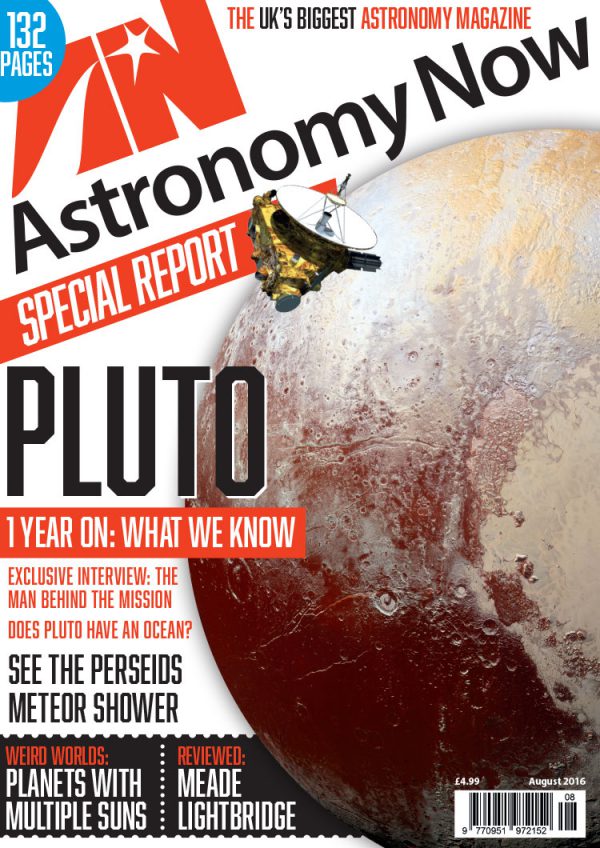
The Red Planet and its more distant ringed sibling have recently been moving in direct (west-to-east) paths against the background stars, but swifter Mars has galloped from Scorpius, crossing the constellation border into Ophiuchus to join Saturn on 21 August. Like some belated celestial Olympian, the Red Planet crosses an imaginary six-degree-long finishing line strung between first-magnitude star Antares in Scorpius and Saturn this evening as seen from the UK.
If you wish to see Antares, Mars and Saturn in a line from the UK, find a location that offers you an unobstructed view of the south-southwest (a true compass bearing of around 200 degrees) close to an hour after sunset (hint: use our interactive Almanac to calculate the time, or see the caption of the graphic above). If you leave it much later than an hour after sunset then the sky will be darker, but the trio will be much closer to the horizon.
Mars and Saturn are too low in the sky to see much if any detail telescopically, but they have angular sizes of almost 11 and 17 arcseconds, respectively, tonight. (Saturn’s rings currently span 38 arcseconds.) The Red Planet is 79 million miles (128 million kilometres) from Earth this evening, but the ringed planet is 11½ times farther away. Antares is 550 light-years away, or 3½ million times the distance of Saturn!
Another planetary conjunction, this time between Venus and Jupiter, is poised to take place during the UK night of 27 August. Sadly, the two planets will have set in Western Europe by the time Venus passes just 4 arcminutes — one-fifteenth of a degree — north of Jupiter close at 22:32 UT. As this occurs just 22 degrees east of the Sun, observers in Australasia can see it in daylight (whilst taking all due care) on the morning of 28 August.
Inside the magazine
For a comprehensive guide to observing all that is currently happening in the late summer sky tailored to the UK and Western Europe (but including the Southern Hemisphere sky), obtain a copy of the August 2016 edition of Astronomy Now.
Never miss an issue by subscribing to the UK’s biggest astronomy magazine. Also available for iPad/iPhone and Android devices.




